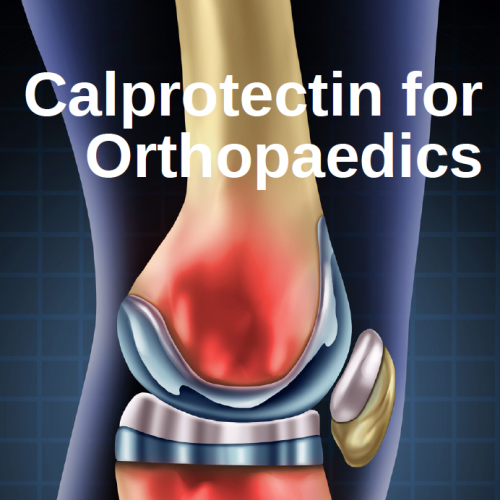

For the purposes of this chapter, knee joint aspiration is described.īoth traumatic and rheumatic processes affect the knee joint, although relatively more aspirations are performed at the knee for traumatic effusion than at other joints, where inflammation and effusion are more likely to be rheumatic in nature.

The general steps in a joint aspiration procedure are the same, regardless of the joint. In addition to reliance on anatomic landmarks, musculoskeletal ultrasound increasingly is used to guide needle placement ( Grassi, 2004). The procedure always necessitates careful, sterile preparation and sterile technique.Įach joint has specific anatomic landmarks by which the joint space is outlined and the needle can be placed for aspiration. Aspiration of bursal distention relieves discomfort and restriction of motion and decreases the risk of chronicity, spontaneous drainage, or infection within the stagnant bursal fluid ( Greene, 2001).ĭespite the benefits, joint aspiration is an invasive procedure with the potential for grave injury if not carried out under strict sterile conditions. The same technique can be used for the administration of intra-articular medications. Therapeutically, joint aspiration in the face of painful effusion relieves the patient's discomfort and may facilitate a more accurate joint examination. Diagnostically, the procedure permits acquisition of synovial fluid for analysis. Joint aspiration offers both diagnostic and therapeutic benefits when managing joint effusion or inflammation. Winegardner, in Essential Clinical Procedures (Second Edition), 2007 BACKGROUND AND HISTORY


 0 kommentar(er)
0 kommentar(er)
